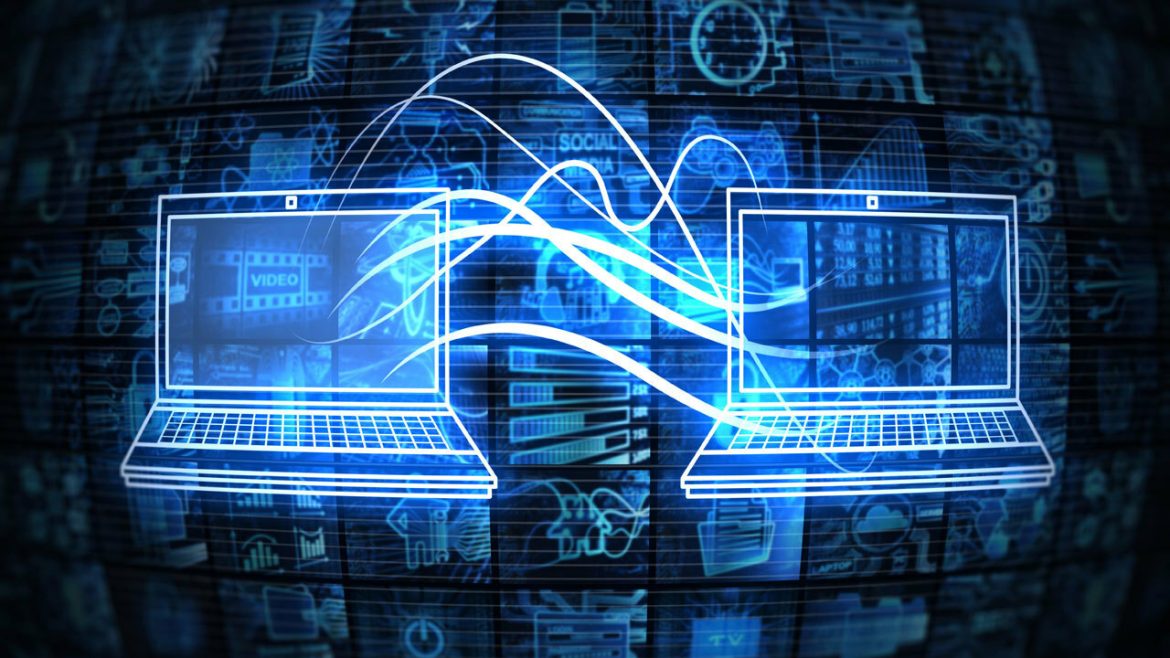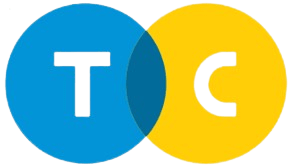If you’ve recently purchased a new computer and want to transfer files from your old one, In this guide, I’ll show you how to back up and configure all of your data. If you’ve purchased a new computer and want to transfer files from your old one, this guide will ensure you don’t leave anything behind.
Most Important Things to Do When You Transfer Your Data from Old PC to New PC
1. Don’t forget about your files
Windows has a great tool called “Windows Easy Transfer” that allows you to easily transfer data from your old PC to your new one. It collects files, emails, user accounts, and settings from your old PC using an external drive. This is how it works:
Before you decommission that old XP, Vista, or Windows 7 machine, make sure you’ve saved everything you need and prepared it to be inoperable.
2. Save Your Favorites
If you’ve had your old computer for a while, you’ve probably amassed a sizable collection of browser bookmarks or favorites. Back up your bookmarks to ensure you have them with you.
3. Clean Up Your Old Computer
You don’t want to transfer any unwanted files when migrating to a new PC, so it’s critical to clean up your PC before making the switch.
The most effective method is to use AVG TuneUp’s Disk Cleaner, which you can also try for free here. Disk Cleaner removes unwanted and junk files from over 200+ applications and Windows features, which are undoubtedly undesirable on your new machine.
4. Locate the Hiding Files
Even if you’re super-organized and meticulously organize your files and folders, there’s always that odd folder or file that floats somewhere hidden or deep on your hard disc.
For example, I recently saved my best friend’s wedding montage, but the tool I used saved it in “C:Program FilesVideo ConverterProjects.” I would have completely forgotten about it if I hadn’t used AVG Disk Space Explorer to see where my music, videos, photos, and other files were stored on my hard drive.
And there it was, hidden on an old laptop that I was about to wipe clean.
5. Deactivate your programmes.
Some programs are tied to the computer on which they were installed, so you might not be able to use them on a new PC unless you deactivate them on your old one.
iTunes is a popular example! It enables the activation of up to five PCs to play (protected!) content. If you forget to deactivate a PC account, wipe it clean, or give it away, it’s gone, and you’ll soon see this.
6. Don’t forget to bring your savegames.
I recently wiped an old PC that had a 97% complete game save from Super Meat Boy, my favorite game of 2011. If you’ve read the title, you’ll understand how frustrating that is!
That same game is no longer available, and I never completed the game. While many modern games save your game stats in your “DocumentsMyGames” folder or sync them with the cloud (Steam, Origin), many games still hide the savefile in their program folder.
If you spend 69 hours finishing Far Cry 4 or any other game, you better not lose that save game.
Simply open iTunes and press the “CTRL” key to deactivate an old PC. This will bring up the traditional menu bar. Select “Store” and then “Deauthorize this computer.” Done!
Another example is Microsoft Office 365, which allows you to install Office 2013 on up to five PCs or Macs, so you must log in and go to your dashboard to deactivate the Office installs on your old PCs:
Don’t worry, many programs do not have a limited number of licenses, but it’s always worth checking – and keeping the old PC around for a few days while you set up the new one.
6. Take a picture of your program’s settings.
Have a complex program, such as Adobe Photoshop or Excel, that is perfectly configured for your needs? Then it’s a real pain to set it up and find your preferred settings. This is what I do: I simply take a screenshot of my preferred settings and apply them to the new one.
For example, I just took a screenshot of my favorite settings in the video codec configuration tool Shark007, which I use to play almost any audio and video file imaginable – and it’s complicated! So I just use Windows’ built-in Snipping Tool (just search for it in the Start menu) to take a screenshot of the settings and apply them later.
Conclusion
If you follow these simple steps, you can ensure that nothing remains on your old machine and that your new system has that personalized, familiar feel.

